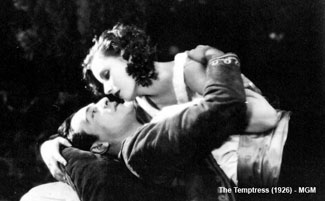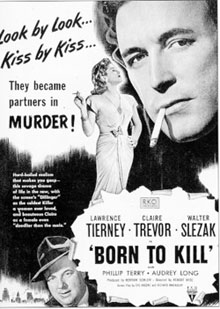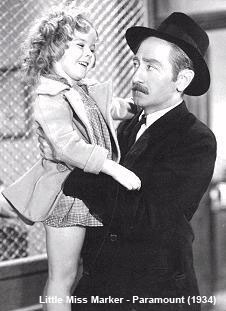





A dramatic change occurred in the 1920s where artificial lighting completely replaced the use of natural lights. Thus, began the new phase of the black-out studio. Since experimentation with lighting can be done more readily, the subject of light as a simple technical tool began to expand. Aesthetically, both Hollywood and European films before the ‘20s used naturalistic or “logical” lighting, which means that one could identify the lights in a scene with believable sources: lamps, sunlight through the window, fire or candles. This convention was derived from traditional theatres. Technical limitations also played a role in this aesthetic direction since diffused sunlight was the primary source at the time. After the First World War, electricity was commoditized and lights became the definition of modernity and cultural superiority. Cities celebrated their individuality and success through a myriad of light displays, from streetlights to neon signs to lit billboards. ![]() Thus, this energy for experimentation and invention trickled into the film industry. Innovations of lighting techniques blossomed differently in the United States and in Europe. Hollywood lighting became very genre specific. The three-point lighting system,
Thus, this energy for experimentation and invention trickled into the film industry. Innovations of lighting techniques blossomed differently in the United States and in Europe. Hollywood lighting became very genre specific. The three-point lighting system, ![]() that is the key, fill, and back light, was further developed and modified within each studio to create specific styles. In the 1930s, American films were defined by these house styles: gloss at Paramount, low budget noirs at RKO, glamour at MGM. Lighting rules were followed to match the dramatic tones of a story. Every genre was assigned a “key” and contrast range to fit its mode of expression. For example, heavy melodrama utilized low key, high contrast lighting techniques, while a comedy would use high key, low contrast. Glamour photography was another Hollywood signature. There was a desire to flatter the actress, heighten her beauty, and create a fantasy of the perfect female form. One can even find glamour in the hard edged, high contrast noirs, such as Black Cat, where the lead actress is modeled with soft lighting and the careful use of camera filters.
that is the key, fill, and back light, was further developed and modified within each studio to create specific styles. In the 1930s, American films were defined by these house styles: gloss at Paramount, low budget noirs at RKO, glamour at MGM. Lighting rules were followed to match the dramatic tones of a story. Every genre was assigned a “key” and contrast range to fit its mode of expression. For example, heavy melodrama utilized low key, high contrast lighting techniques, while a comedy would use high key, low contrast. Glamour photography was another Hollywood signature. There was a desire to flatter the actress, heighten her beauty, and create a fantasy of the perfect female form. One can even find glamour in the hard edged, high contrast noirs, such as Black Cat, where the lead actress is modeled with soft lighting and the careful use of camera filters. ![]()